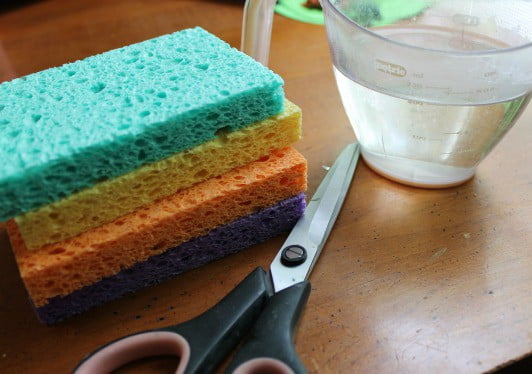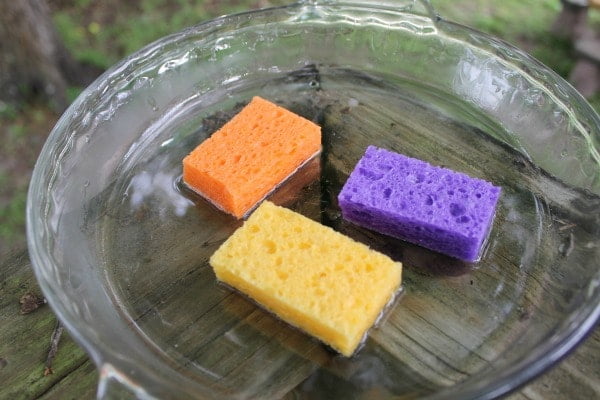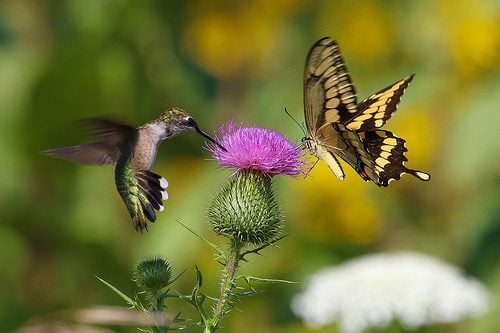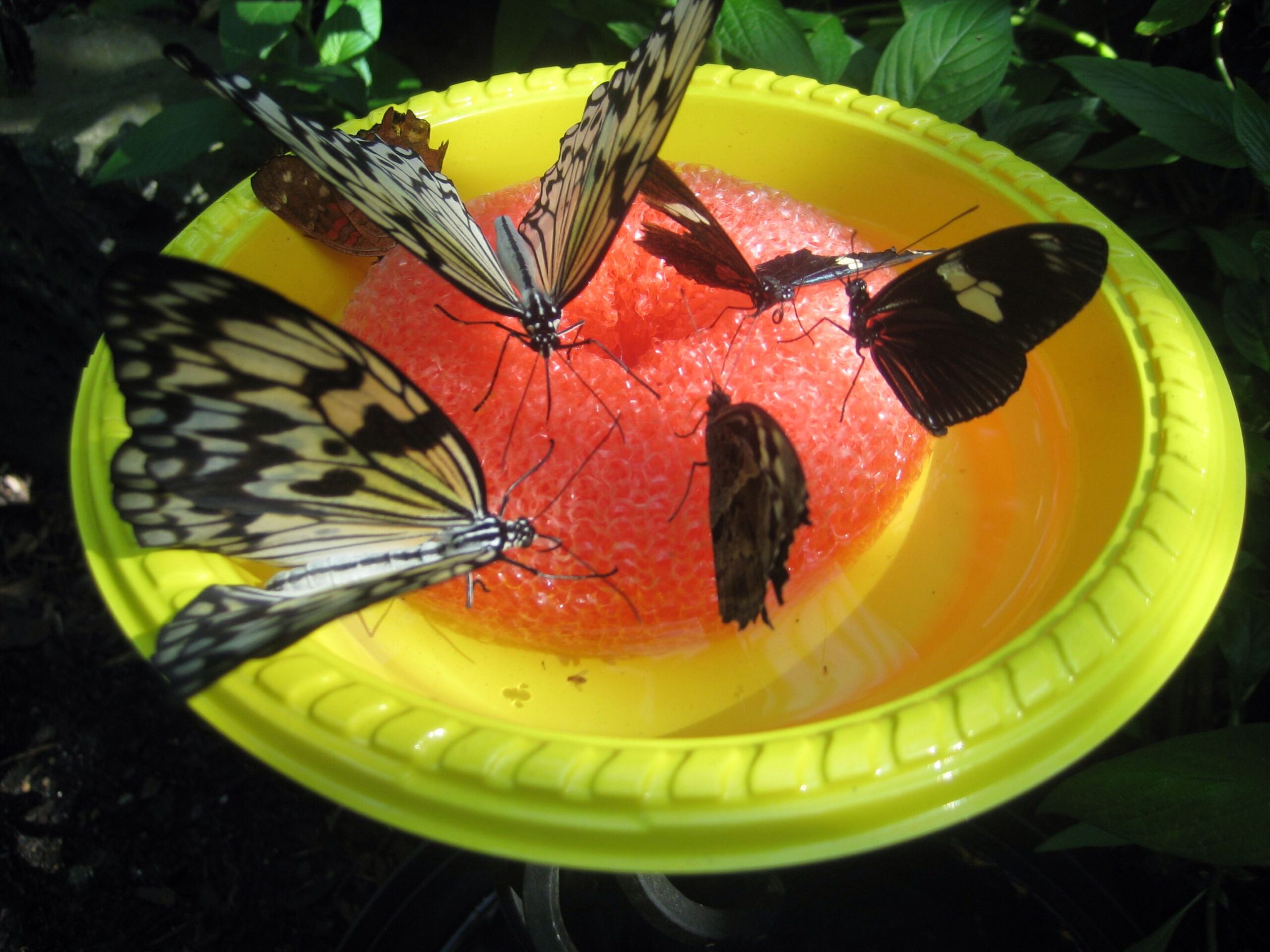Butterflies and hummingbirds are two of the most delightful and colorful creatures we can attract to our gardens. While they both sip nectar from flowers, sometimes it’s helpful to provide a supplementary source of nectar, especially when natural sources are scarce. In this article, we’ll explore a simple recipe for making butterfly nectar and compare it with hummingbird nectar.

Butterfly Nectar Recipe
Ingredients
- 4 parts water
- 1 part granulated sugar
Instructions
1. Boil the water to ensure it’s free from contaminants.
2. Remove the boiling water from heat and add the granulated sugar.
3. Stir the solution until the sugar is completely dissolved.
4. Cover, and allow the nectar to cool to room temperature.
5. Pour the cooled nectar into a butterfly feeder or a shallow dish. You can also soak a sponge in the nectar and place it on a plate for butterflies to feed on.

Note: Avoid adding any dyes or preservatives to the nectar as they might be harmful to butterflies.
Comparing Butterfly Nectar with Hummingbird Nectar
1. Sugar Concentration: Both butterfly and hummingbird nectar recipes typically use a 4:1 water to sugar ratio. This concentration mimics the natural nectar found in most flowers. However, while the basic recipe is the same, the needs of the two creatures are different.
2. Feeders: Hummingbirds prefer nectar from hanging feeders with specially designed ports for their long beaks and tongues. Butterflies, on the other hand, prefer to sip from shallow dishes or sponges placed on a flat surface.
3. Additives: It’s essential to avoid additives in both nectars. However, while some people might be tempted to add red dye to hummingbird nectar, it’s unnecessary and potentially harmful. Butterflies also do not need any added colors or flavors.
4. Frequency of Changing: Both nectars should be changed regularly to prevent fermentation and mold growth. In hot weather, it’s advisable to change the nectar every 2-3 days.
5. Attraction: While hummingbird feeders will specifically attract hummingbirds, butterfly nectar can attract a variety of butterflies and even some other insects.
6. Nutritional Needs: Hummingbirds require more than just sugar to thrive. They also eat insects for protein. Butterflies, on the other hand, get most of their nutrition from nectar but also benefit from other sources like rotting fruit.

In conclusion, while there are similarities in the nectar recipes for both butterflies and hummingbirds, it’s essential to understand their unique needs and preferences. By providing a supplementary source of nectar, you can attract more of these beautiful creatures to your garden and ensure they have a reliable food source during periods of scarcity.

The Adventures of Johnny Butterflyseed Author Signed Copy
Save the monarchs!
Johnny Butterflyseed and his fairy friend, Raven Silverwing, embark on a mission to save the rapidly disappearing butterflies. They enlist the help of Queen Venus Goldwing and her kingdom of monarchs to educate and inspire kids to become butterfly farmers. At first, Johnny faces his own internal struggle with self-doubt and fear in his ability to make a difference, but then soon develops a mindset that allows him to not only get started, but also make progress one day at a time. Through challenge after challenge, Johnny learns that he is not alone in his mission and that there are many people who want to help. Together, Johnny, Raven, and Queen Venus educate thousands of children on becoming butterfly farmers.
